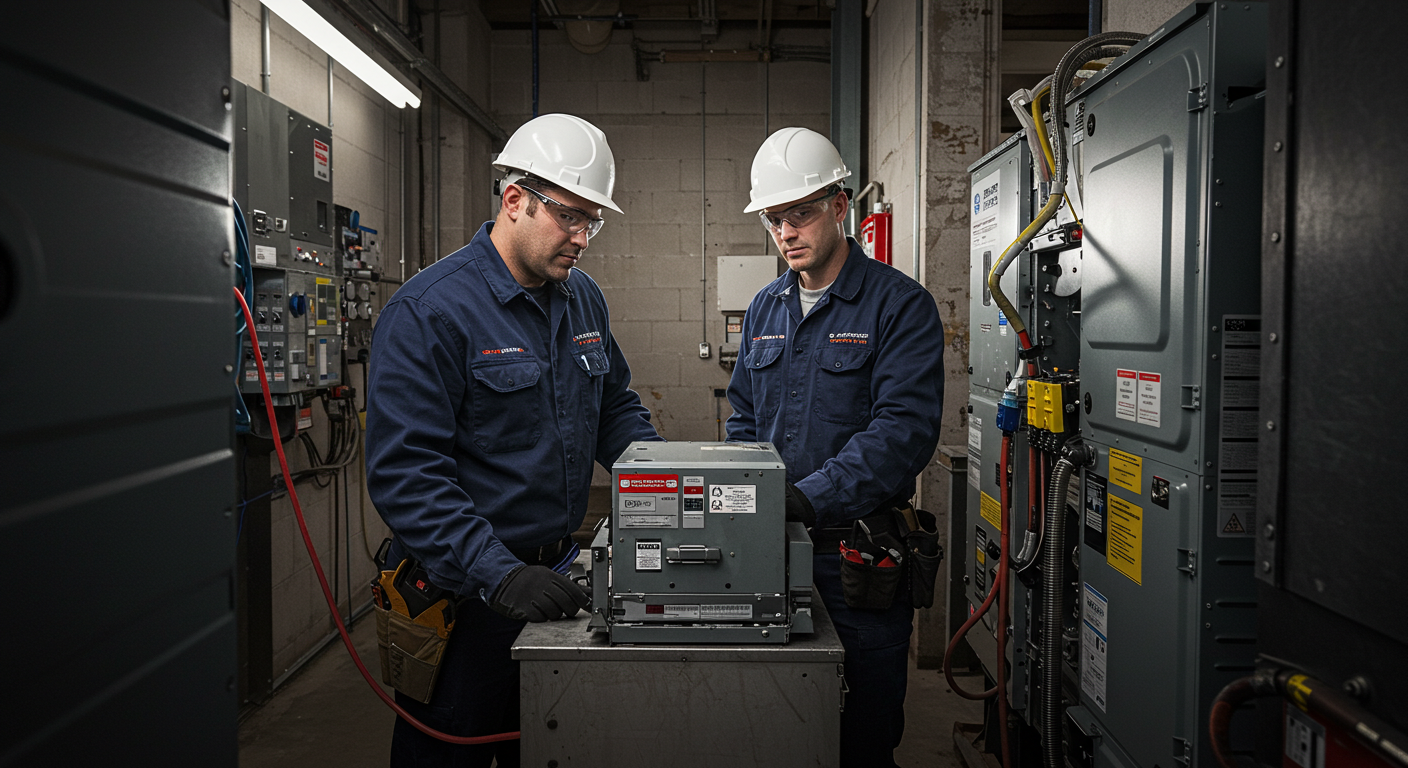Best Practices for Safely Handling A2L Refrigerants
As we step into 2025, A2L refrigerants are becoming more prevalent in HVAC systems due to their lower environmental impact. Understanding how to handle these mildly flammable refrigerants safely is crucial for every HVAC technician. Let’s dive into the best practices for working with A2L refrigerants.
Understanding A2L Refrigerant Safety
A2L refrigerants have specific safety characteristics that set them apart. They have a Lower Flammability Limit (LFL), meaning there’s a minimum concentration needed for ignition. Their Burning Velocity is less than 10 cm/s, making them less hazardous compared to other refrigerants. Understanding these parameters is the first step towards safe handling.
Safe Handling Requirements
When working with A2L refrigerants, some critical steps should always be followed:
- Identify the refrigerant using labels and red markings on service fittings.
- Ensure you work in well-ventilated areas and continuously monitor for leaks.
- Employ specialized tools certified for A2L refrigerants.
Storage and Transportation Guidelines
Proper storage and transportation are key to ensuring safety. A2L refrigerant cylinders typically have a red band or stripe indicating their flammable content. They are equipped with pressure relief valves to manage pressure safely. Always use left-hand thread connections to avoid mixing with other refrigerant types.
Training and Equipment
Proper training is crucial when transitioning to A2L refrigerants. Technicians should be familiar with A2L-rated tools and equipment. Personal protective equipment (PPE) is a must to ensure safety. Keep abreast of the latest training programs to stay updated.
A2L Refrigerant System Servicing Procedures
Service procedures for A2L systems require careful attention to detail. Regular maintenance checks and the use of appropriate equipment can prevent mishaps. Always follow manufacturer guidelines to ensure compliance and safety.
Conclusion
Handling A2L refrigerants safely requires understanding their properties, following proper procedures, and using the right tools. By staying informed and cautious, you can ensure not only your safety but also the efficiency and reliability of HVAC systems.
Ready to enhance your skills with A2L refrigerants? Start by updating your toolkit and training today!
FAQs
What are the safety best practices for A2L refrigerants?
A2L refrigerant safety best practices include proper identification, ventilation, and using certified tools and equipment.
How should A2L refrigerants be stored?
A2L refrigerants should be stored in cylinders with a red band, equipped with pressure relief valves, and using left-hand thread connections.
What training is required for handling A2L refrigerants?
Technicians should undergo training on A2L refrigerant properties, handling procedures, and the use of A2L-rated tools and PPE.
How do I detect leaks in systems using A2L refrigerants?
Continuous leak monitoring systems and regular maintenance checks are essential for detecting leaks in A2L refrigerant systems.
What are the ventilation requirements for A2L refrigerants?
Working in well-ventilated areas is crucial when handling A2L refrigerants to prevent accumulation and potential hazards.


